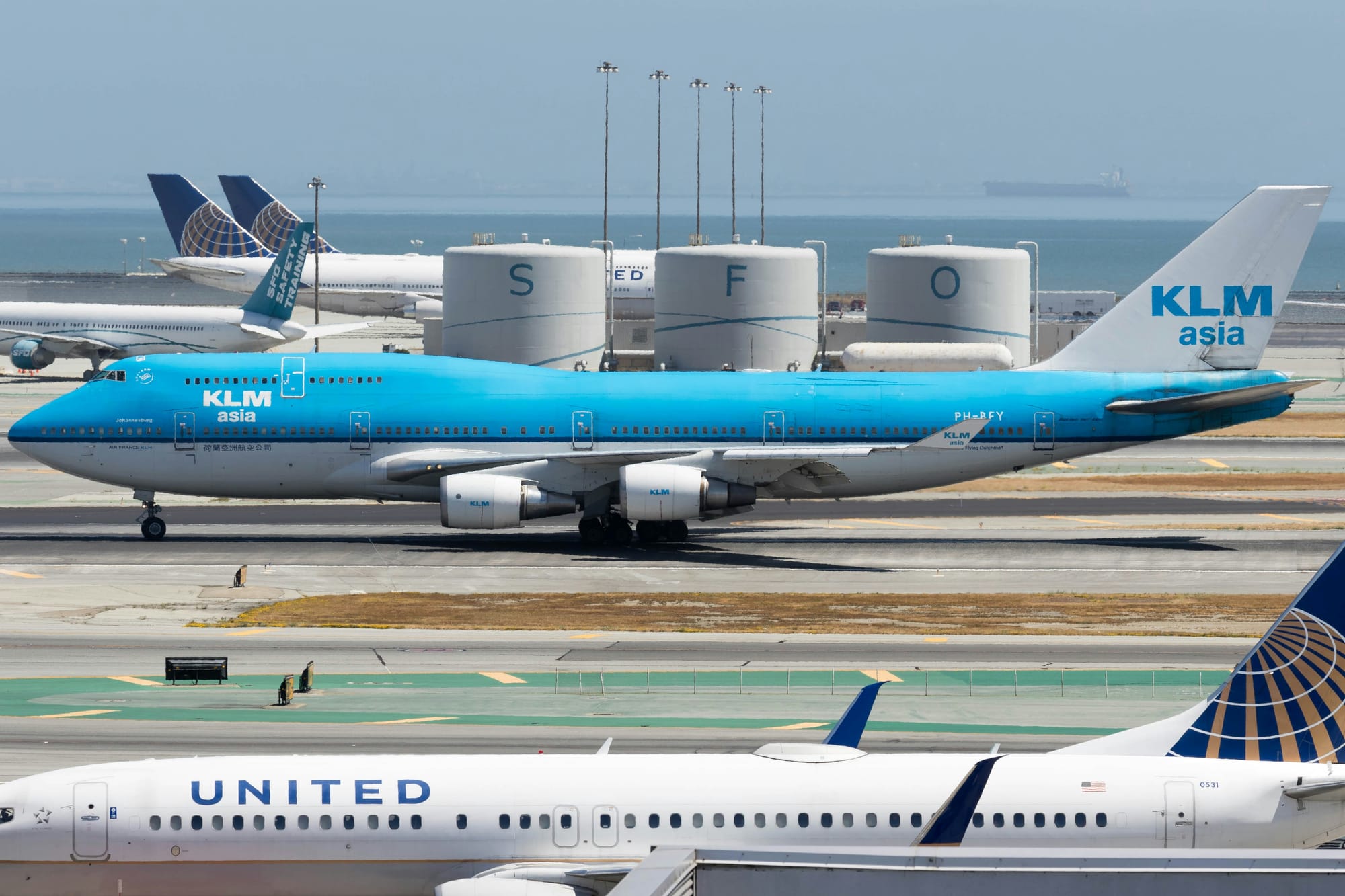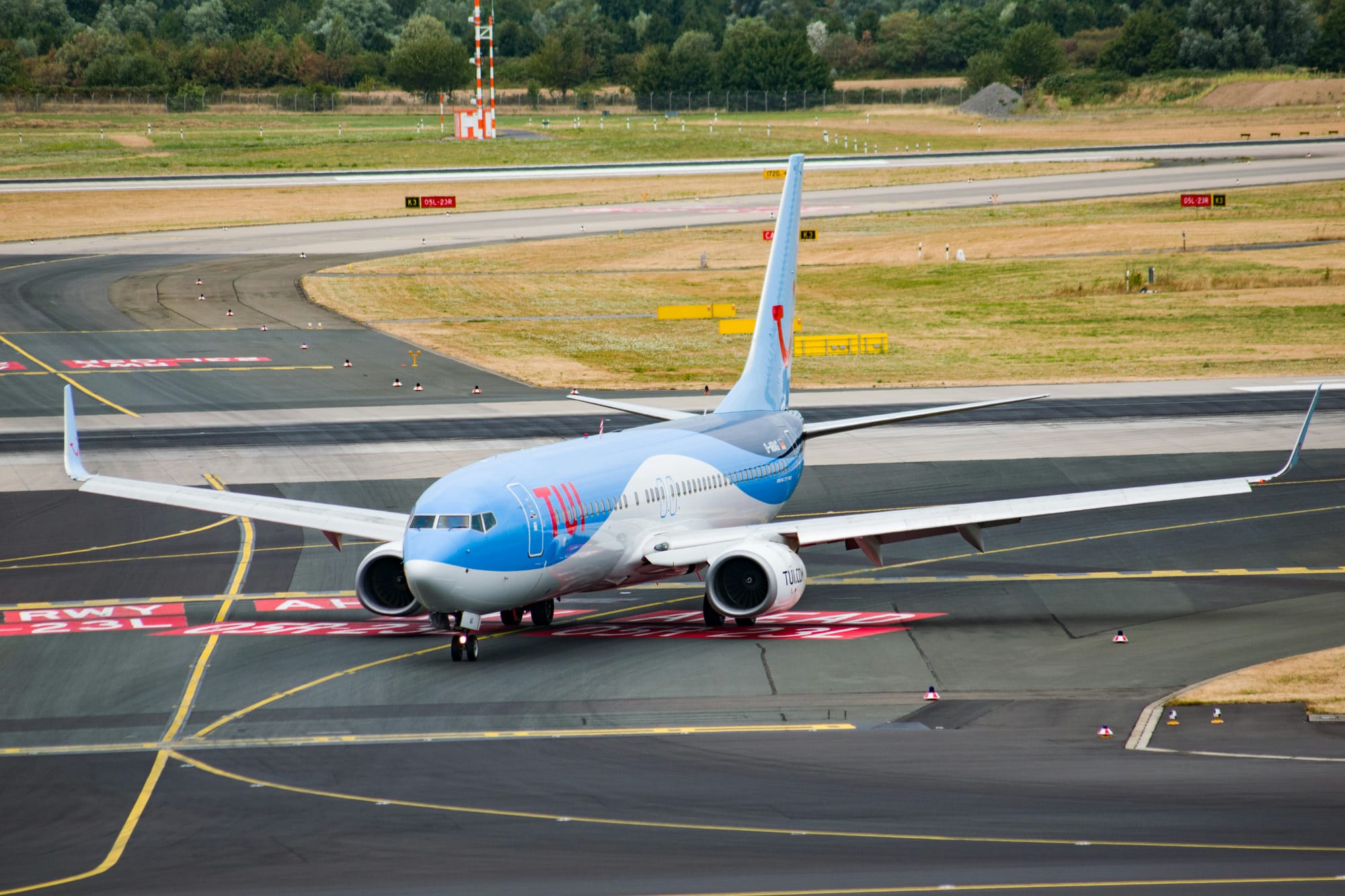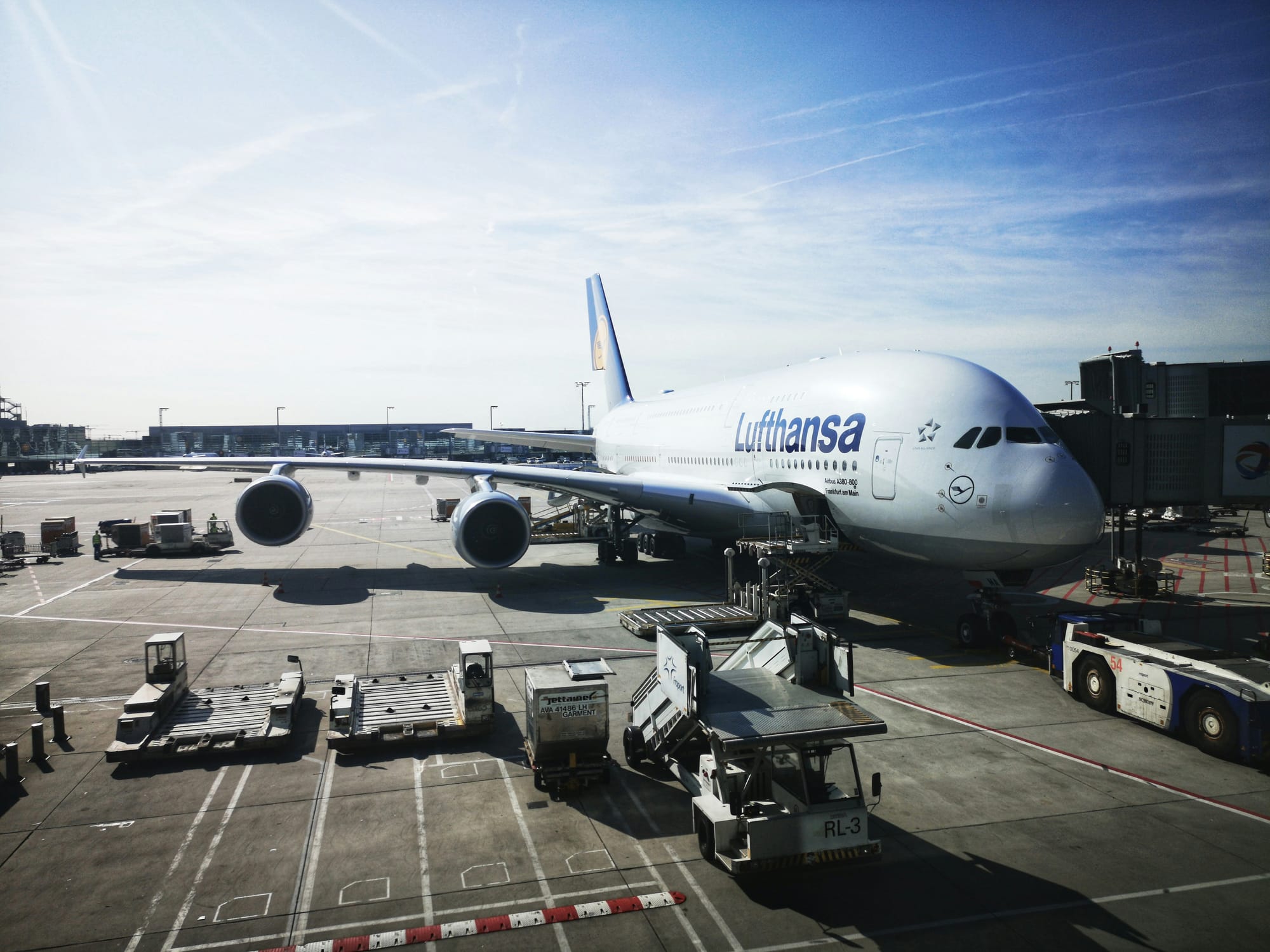How Much Does A Commercial Aircraft Cost?

Commercial aviation is a cornerstone of the global economy, connecting people and goods across vast distances. The aircraft that make this possible come with hefty price tags, reflecting the advanced technology, safety standards, and operational efficiency they offer. In this article, we'll explore the costs associated with commercial aircraft, focusing on the two primary categories: narrowbody and widebody planes.
Narrowbody Aircraft

Narrowbody aircraft, also known as single-aisle aircraft, are the workhorses of the airline industry, primarily used for short to medium-haul flights. They typically seat between 100 to 240 passengers and are favored by airlines for their efficiency on high-frequency routes. Two of the most popular narrowbody models are the Boeing 737 and the Airbus A320 families.
- Boeing 737: The Boeing 737 series is one of the most widely used narrowbody aircraft in the world. The latest variant, the 737 MAX, comes in several versions, with the 737 MAX 8 being the most popular. The list price for a Boeing 737 MAX 8 is approximately $120 million. However, due to discounts that are typically negotiated by airlines, the actual purchase price can be significantly lower, often ranging between $50 million and $70 million.
- Airbus A320: Competing directly with the Boeing 737, the Airbus A320 family is another industry staple. The A320neo (new engine option) is a particularly popular model, known for its fuel efficiency and advanced technology. The list price for an Airbus A320neo is around $110 million, but with discounts, the purchase price usually falls between $50 million and $65 million.
Other notable narrowbody aircraft include the Embraer E-Jet family and the Airbus A220, which cater to smaller regional markets. The cost of these aircraft typically ranges between $35 million and $55 million, depending on the model and configuration.
Widebody Aircraft

Widebody aircraft, or twin-aisle planes, are designed for long-haul flights, offering greater passenger capacity and range. These planes are used for international flights and can carry between 250 to over 600 passengers. The development and manufacturing costs for widebody aircraft are substantially higher than those for narrowbodies, reflected in their pricing.
- Boeing 787 Dreamliner: The Boeing 787 Dreamliner is a modern, fuel-efficient widebody aircraft designed for long-haul routes. The 787 comes in three variants: the 787-8, 787-9, and 787-10. The list price for the 787-9, the most popular variant, is approximately $290 million. However, actual prices after discounts typically range from $150 million to $190 million.
- Airbus A350: Competing with the Boeing 787, the Airbus A350 is another advanced widebody aircraft, known for its long range and fuel efficiency. The A350-900 variant has a list price of about $317 million, but similar to the 787, airlines often pay less, with typical prices falling between $160 million and $200 million.
- Boeing 777: Another key player in the widebody market is the Boeing 777, particularly the new 777X variant. The list price for a Boeing 777-9 is around $442 million, making it one of the most expensive commercial aircraft on the market. After discounts, the price can range from $200 million to $250 million.
- Airbus A380: Although production has ceased, the Airbus A380 remains the largest passenger aircraft ever built, capable of carrying over 600 passengers. The list price for an A380 was around $445 million, with discounted prices typically ranging between $250 million and $300 million. Due to its size and operational costs, the A380 was less economically viable for many airlines, leading to its limited production run.
Final Thoughts
The cost of commercial aircraft reflects the complexity, technology, and operational capabilities they offer. Narrowbody planes like the Boeing 737 and Airbus A320 dominate short to medium-haul routes, offering airlines efficiency and flexibility at a lower price point. In contrast, widebody aircraft like the Boeing 787 and Airbus A350 are designed for long-haul operations, with higher costs but greater range and capacity.
These prices are just one part of the equation for airlines, as the total cost of ownership also includes maintenance, fuel, crew, and other operational expenses. However, the significant investment in purchasing these aircraft is justified by the vital role they play in global transportation, making them essential assets for airlines worldwide.





